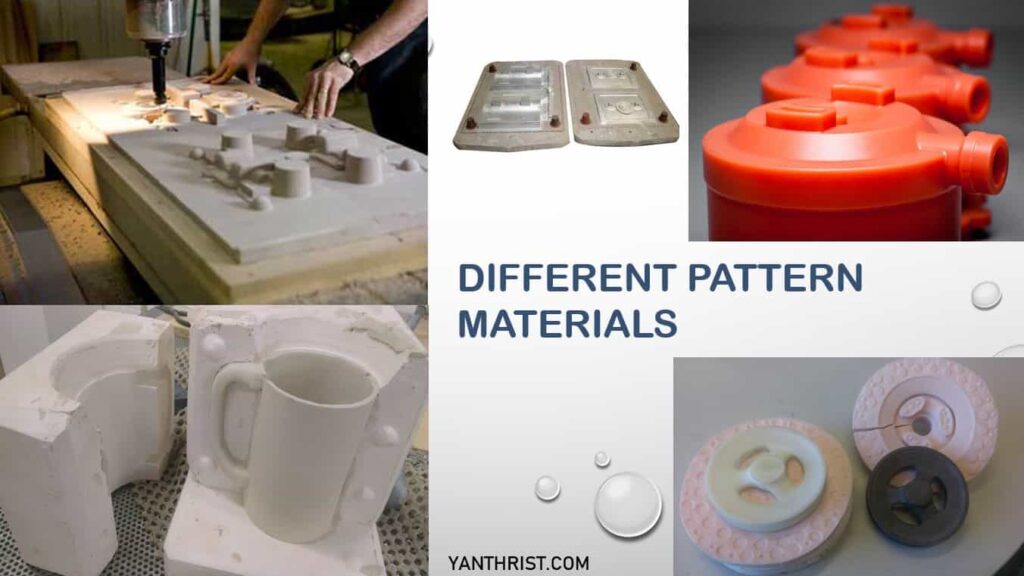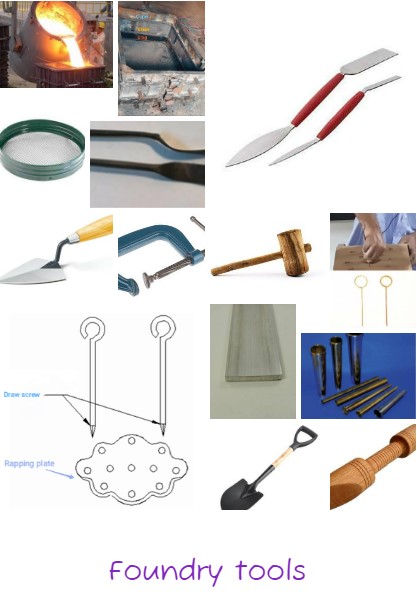Table of Contents
Introduction
There are different layouts used in heavy industries to manufacture a finished product. The most common of them are Product Layout, Process Layout, Mixed Layout and Fixed Layout. Among these layouts, Product Layout is used where only a particular type of product is being manufactured without any alteration in its design. Generally, it is used for mass production houses. Under such a setup, there are different machines or workstations placed one after the other and the unfinished product travels along the assembly or production line and is served (machined) by these machines one after the other. While employing such a Production or Assembly Line, the concept of Line Balancing becomes crucial.
What is Line Balancing?
Line Balancing is a technique used in Industrial Engineering and Management to control and manage the production of various products where a Product Layout is used. While the raw material is on a journey from ‘Unfinished product’ to ‘Finished Product’, passing through several workstations along the Production line, there are many terminologies associated with it which help us in better understanding and optimizing the process. All those terminologies and parameters along with their brief definition and mathematical expressions shall be discussed in the foregoing article.
Line Balancing: Terminologies and Parameters
A. Station Time
Station time is the time spent by the product in a particular workstation. Various station times may be represented as Ts1, Ts2, and so on.
B. Cycle Time
It is the time interval between the completion of two successive finished products. It is equal to the maximum of the various station times. Cycle time = max.(Station times)
C. Total Work Content
Total Work content is the total of all station times.
Total Work Content= Ts1+Ts2+Ts3….
D. Idle Time
Idle time is the time spent at a workstation idly.
Idle Time (at a particular station) =Cycle Time-Station Time.
E. Total Idle Time
Total idle time is the total amount of time spent by the product idly in the Production line.
Total Idle Time= Sum of all idle times
F. Balance Delay
It represents the relative idle time w.r.t the total cycle time. It is expressed as a percentage.
Balance Delay = Total Idle Time/ Total Cycle Time.
G. Line Efficiency
Line efficiency is just the opposite of Balance delay. The lesser the balance delay, more is the line efficiency.
Line efficiency= (100 – Balance Delay)% or,
Line efficiency= Total Work Content/Total cycle time
H. Production Rate
Production Rate represent the number of finished goods coming out of the system is a given time.
Production Rate= (1/Cycle time) units per unit time
I. Minimum Number of Workstations Required (Ideal)
It is a hypothetical scenario where the Production Line is Ideal (See footnote). Under such a setup, with 100% line efficiency, the number of workstations required will be lesser.
Min. no. of WS Required= Total work content/Cycle time.
Note: For an ideal Production line, all station times should be equal to each other.
In such a case, Cycle Time=Ts1=Ts2=Ts3 and so on. And, Idle Time=0; Line efficiency=100%.


